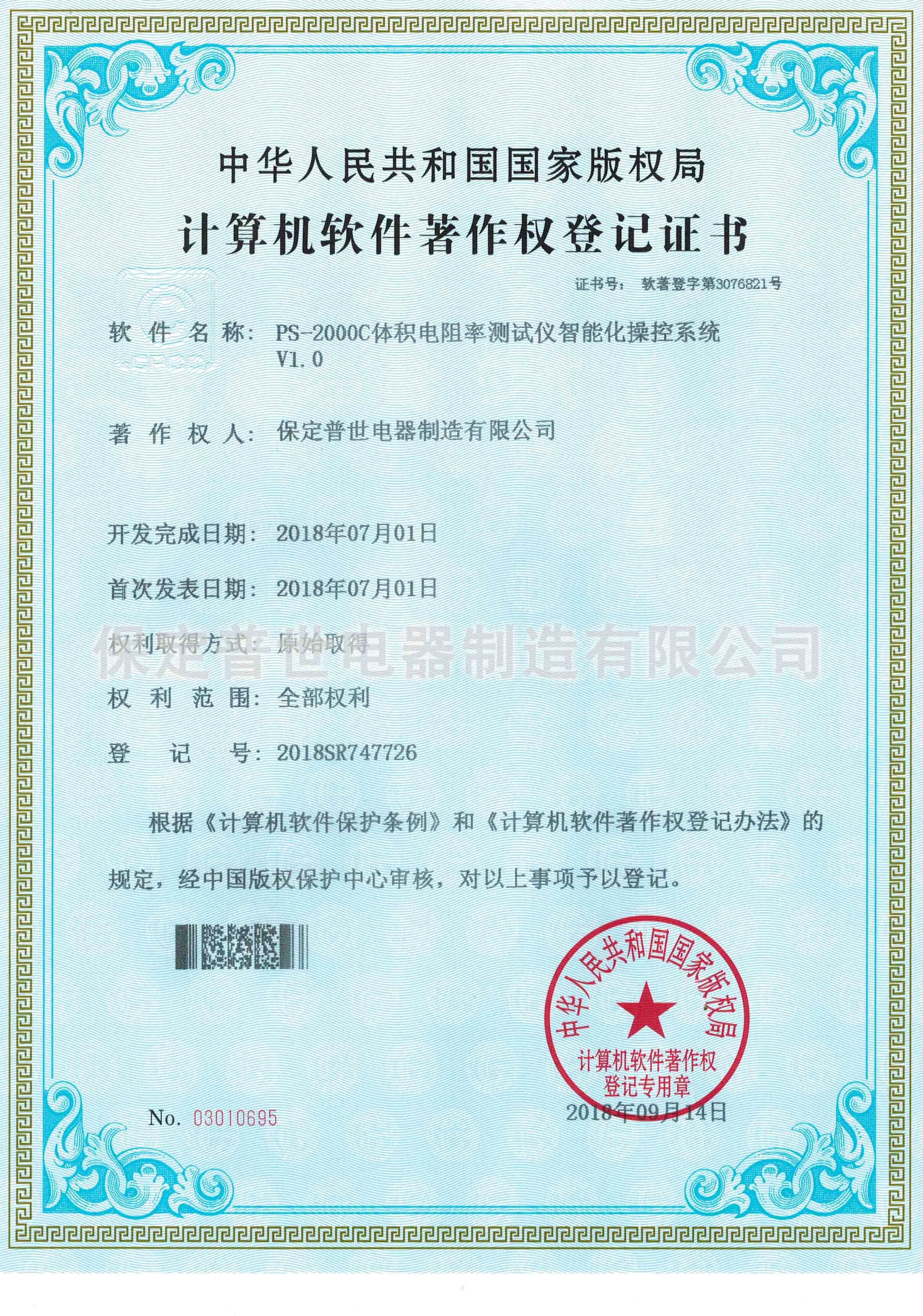 English
English


Analyzing the Short Circuit Test Results of a Single Phase Transformer for Performance Evaluation
Short Circuit Test of a Single Phase Transformer
The short circuit test is an essential method used to evaluate the performance and efficiency of a single-phase transformer. This test primarily focuses on determining the transformer's impedance, copper losses, and voltage regulation under short circuit conditions, providing critical insights into its operation in real-world applications.
Purpose of the Short Circuit Test
Unlike the open circuit test, which assesses the transformer’s core losses due to magnetizing current, the short circuit test is conducted with the secondary winding shorted. This setup allows for the induction of a small current in the primary winding, which is proportional to the rated current of the transformer. The primary goal of this test is to ascertain the equivalent impedance of the transformer, which comprises the resistance and reactance, critical for understanding the overall efficiency and performance.
Test Procedure
The short circuit test follows a systematic approach
1. Preparation Set up the transformer, ensuring all safety measures are in place. The secondary winding is shorted, and connections are checked meticulously.
2. Voltage Application The primary winding is then connected to a variable AC power supply. The input voltage is gradually increased until the rated current flows through the primary winding.
3. Measurement During the test, several parameters are measured, including the applied voltage (V), primary current (I), and the input power (P). The power meter is used to record the power consumed during the process, which mainly reflects the copper losses of the transformer since core losses are negligible under short circuit conditions.
short circuit test of a single phase transformer

4. Data Calculation The impedance (Z) of the transformer can be calculated using Ohm’s law as Z = V/I. The resistance (R) and reactance (X) can then be determined from the impedance values and the measured power, allowing for a deeper analysis of the transformer's operational characteristics.
Importance of Results
The results obtained from the short circuit test offer several insights
- Copper Losses The power measured during the short circuit test is primarily due to copper losses, which are critical for assessing the efficiency of the transformer under load conditions. Minimizing these losses is crucial for enhancing the overall performance of the transformer.
- Voltage Regulation By knowing the impedance, engineers can evaluate the voltage regulation of the transformer. A transformer with lower impedance will have better voltage regulation, ensuring a stable output despite fluctuations in load.
- Thermal Behavior The test also aids in understanding the thermal behavior of the transformer under full load conditions since copper losses generate heat. Knowing how much heat is produced helps in determining appropriate cooling requirements to prevent overheating.
Conclusion
The short circuit test is a vital aspect of transformer testing. Its ability to provide crucial data on impedance, copper losses, and voltage regulation helps in predicting the performance and reliability of a single-phase transformer during operation. Engineers use these insights to design transformers that meet stringent efficiency standards and ensure longevity in their applications. Proper execution of the short circuit test not only confirms the transformer's operational capabilities but also facilitates improvements in transformer designs and enhances electrical system reliability. Thus, conducting this test regularly is imperative for maintaining optimal functionality in electrical networks.
-
Differences between open cup flash point tester and closed cup flash point testerNewsOct.31,2024
-
The Reliable Load Tap ChangerNewsOct.23,2024
-
The Essential Guide to Hipot TestersNewsOct.23,2024
-
The Digital Insulation TesterNewsOct.23,2024
-
The Best Earth Loop Impedance Tester for SaleNewsOct.23,2024
-
Tan Delta Tester--The Essential Tool for Electrical Insulation TestingNewsOct.23,2024





